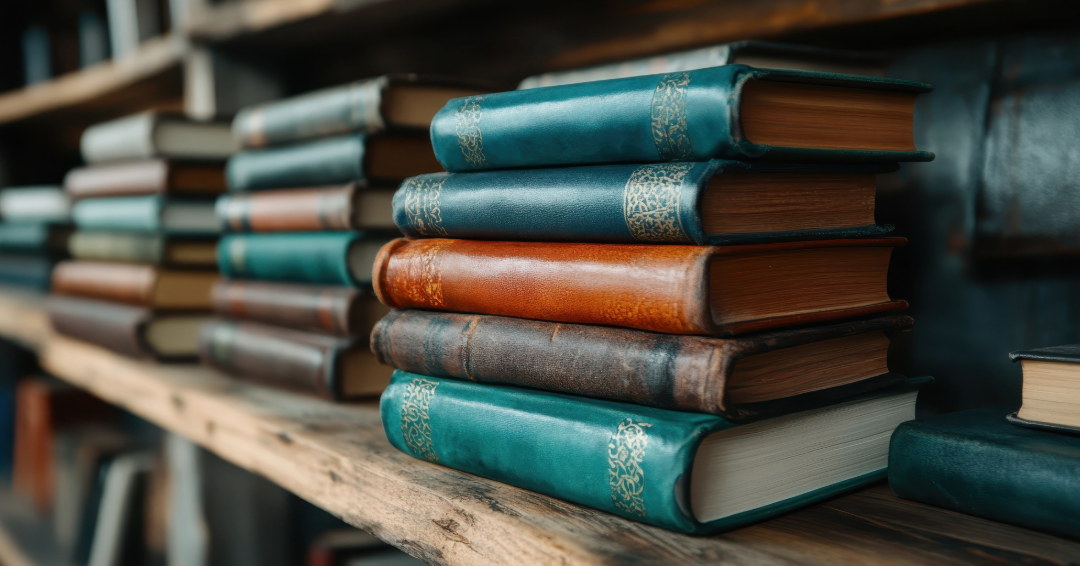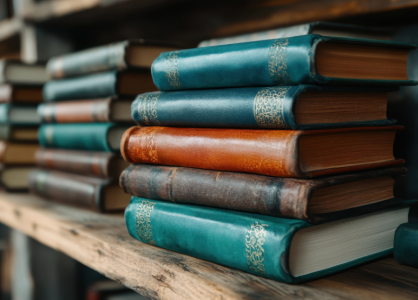Collecting is more than just acquiring objects — it’s about preserving stories, culture, and history. Every collectible carries a unique journey that adds to its charm and value. This journey, often called provenance, tells where an item came from, who owned it, and the context of its existence. Proper documentation of this history doesn’t just increase a collectible’s market value — it enriches the joy and meaning of owning it.
Why Provenance and Documentation Matter
Well-documented provenance serves as proof of authenticity and legitimacy, essential in a world where forgeries and reproductions exist. A collectible with a clear and verified history is more trusted, more sought after, and often commands a higher price. Beyond financial benefits, provenance deepens your connection to the item — transforming it from a mere object to a treasured artifact with a story.
Additionally, documentation helps future collectors, historians, and museums understand the collectible’s significance and context, preserving cultural heritage for generations to come.
How Collectiblepedia Supports Collectors with Detailed Entries and Archival Resources
At Collectiblepedia, we understand that preserving a collectible’s history is vital. Our platform offers:
- Detailed Entries: Each collectible page includes comprehensive information about its origin, history, and notable owners or events linked to it.
- Archival Resources: Access to historical records, photos, and expert commentary helps you build a rich profile of your items.
- Community Contributions: Collectors worldwide contribute insights, stories, and documentation, creating a living archive that grows and evolves.
With Collectiblepedia, you gain more than data—you get a dynamic resource that helps you maintain and share the full story behind every collectible you treasure.
Tips for Documenting and Preserving Your Collection
- Keep Detailed Records: Note acquisition dates, sources, condition reports, and any restoration work.
- Photograph Thoroughly: Take clear, high-resolution images from multiple angles.
- Save Correspondence and Receipts: Preserve purchase documents, letters, and appraisals.
- Use Archival Materials: Store items in acid-free boxes or sleeves to prevent deterioration.
- Share Your Story: Write down or record the collectible’s history, including anecdotes or family connections.
These practices not only protect your investment but also ensure the stories you cherish live on.
Keep your collection’s story alive — explore Collectiblepedia today and enrich your journey as a collector with knowledge and community!

